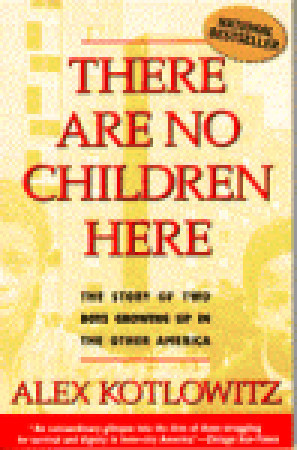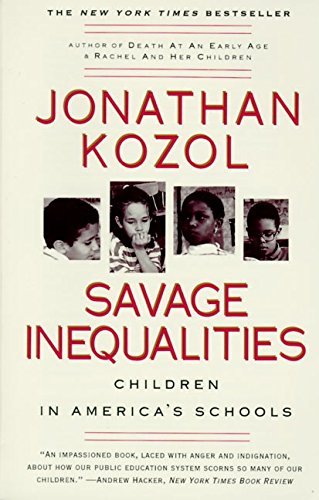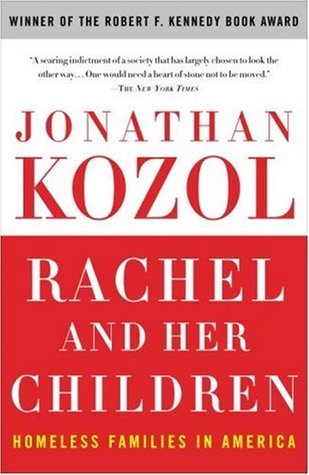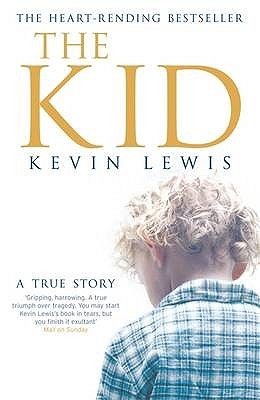
There are No Children Here: The Story of Two Boys Growing Up in the Other America
Book Description
Amidst the crumbling tenements and relentless violence of Chicago’s West Side, two boys navigate a world where childhood innocence collides with harsh realities. As they dream of normalcy, each day becomes a battle against the forces of poverty, crime, and despair. Friends and family offer both solace and complications, while the specter of systemic neglect looms large. This gripping portrayal reveals the indomitable spirit of youth amidst chaos. What happens when hope faces the relentless grip of a broken system?
Quick Book Summary
"There Are No Children Here" by Alex Kotlowitz is a groundbreaking nonfiction account that follows the lives of brothers Lafayette and Pharoah Rivers as they come of age in Chicago's Henry Horner Homes housing project during the late 1980s. Through personal narrative and detailed reportage, Kotlowitz reveals the daily trials faced by children and families trapped in cycles of poverty and violence. The book does not merely chronicle the adversity confronted by the boys, but also highlights their resilience, hopes, and small triumphs amid pervasive neglect and hardship. Through the story of the Rivers family, Kotlowitz lays bare the systemic inequalities and social forces that shape the experience of growing up in America’s inner cities, offering both empathy and a call to confront the forces that rob so many of innocence and opportunity.
Summary of Key Ideas
Table of Contents
The Impact of Poverty and Violence on Childhood
The narrative closely follows brothers Lafayette and Pharoah Rivers as they try to carve out a semblance of childhood in the Henry Horner Homes, one of the most dangerous public housing developments in Chicago. Kotlowitz depicts their daily realities—witnessing shootings, losing friends to gang violence, and contending with the crumbling infrastructure around them. Despite these hazards, the boys find moments of play and wonder, capturing fleeting glimpses of a carefree youth overshadowed by ever-present threats.
Family Strength and Struggle
Central to the boys’ survival is their mother, LaJoe Rivers, whose unwavering love and resolve are both a source of comfort and an emblem of the toll exacted by poverty. She struggles to provide stability while confronting her own heartbreaks: older children drawn into drugs, insufficient resources, and an indifferent bureaucracy. Her parenting becomes an act of resistance, holding her family together against mounting odds, even as the broader system seems designed to fail them.
Systemic Neglect and Institutional Failure
Kotlowitz exposes the failures of social institutions—schools underfunded and ill-equipped, social services stretched thin, and law enforcement frequently unresponsive or adversarial. These systemic failures erode hope and trust, leaving residents isolated in their struggles. The book personalizes policy discussions by showing the concrete consequences for children who desire safety, education, and dignity, but are met with neglect and inadequate opportunities.
Dreams, Resilience, and Lost Innocence
Amid adversity, Lafayette and Pharoah cling to dreams. Pharoah’s academic talents and fascination with spelling bees represent the fragile possibility of escape, while Lafayette’s sense of responsibility weighs heavily as he witnesses violence and loss. Their moments of resilience—Pharoah’s shy optimism, Lafayette’s protective instincts—illuminate the spirit that persists even when innocence is all but lost.
Cycles of Hope and Despair
Kotlowitz’s account underscores that the cycles of hope and despair in the Horner Homes are perpetuated by structural forces beyond the control of any single family. Even as the Rivers seek personal victory, they remain vulnerable to setbacks and tragedy. Ultimately, “There Are No Children Here” contends that in places where children live with the constant threat of violence and deprivation, the line between childhood and adulthood is irrevocably blurred—and that society must grapple with these realities to enact meaningful change.
Download This Summary
Get a free PDF of this summary instantly — no email required.





